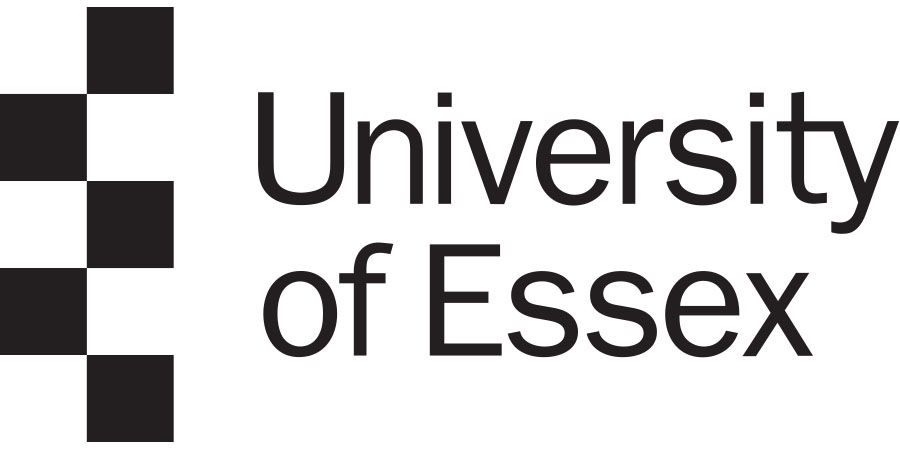PhD Studentship: Addressing the Place of Microorganisms in the Nagoya Protocol: Microbial Biogeography, Genomics and Taxonomy
University of Essex - Life Sciences / Law
| Qualification Type: | PhD |
|---|---|
| Location: | Colchester |
| Funding for: | UK Students, Self-funded Students |
| Funding amount: | Living costs stipend at the UK Research and Innovation recommended level per year. The stipend for 2024-25 is £19,237. The rate for 2025-26 TBA. |
| Hours: | Full Time |
| Placed On: | 21st November 2024 |
|---|---|
| Closes: | 7th February 2025 |
| Reference: | 11365 Life Sci_Law Oct 2025 |
Project Overview
This is an opportunity to conduct fully funded interdisciplinary research under the ‘Sustainable Transitions – Leverhulme Doctoral Training Programme’ at the University of Essex.
This project will investigate the ambiguities and scientific challenges concerning the place of microorganisms in the Nagoya Protocol with a view to proposing pathways towards clarification.
In 2014 the Nagoya Protocol on Access to Genetic Resources and the Fair and Equitable Sharing of Benefits Arising from their Utilization was established. It focuses on resources deriving from vascular plants and animals. While microbes are included, issues around their global distribution and the definition of a microbial species have created crucial legal and taxonomic ambiguities, which have significant implications for industry and human communities where industrially desirable microbes are located.
Microbes are ubiquitous. One gram of soil, for example, contains around a billion microbes and thousands of species. They, are fundamental to biotechnologies that underpin the transition to a more sustainable world. For example they can improve crop yields, clean up pollutants, and convert waste into valuable products ranging from fuels to biodegradable plastics.
Therefore research objectives include:
Understanding how to reconcile, and improve, microbial taxonomic delineation in the context of the Nagoya Protocol.
Understanding how the global distribution of microbes differ across taxa, and what the implications are for the Nagoya Protocol.
Interdisciplinary Focus and Methods
The PhD will integrate analysis of microbial datasets, through lab and/or field experiments, as part of a broader analysis to understand how microbes can be better integrated within the Nagoya Protocol. The interdisciplinarity lies at the interface between the scientific understanding of microbes and international law.
Training and Support
You will be supported through the Sustainable Transitions training programme which provides initial training in interdisciplinary research methods, training in the secondary discipline within the project area and ongoing training throughout the duration of the programme. All doctoral scholars benefit from the support of Proficio, which entitles you to £2,500 that can be used to purchase training courses either within or external to the University. Additionally Sustainable Transitions scholars are entitled to £10,000 that can be used to cover research costs and further training. Scholars are encouraged to audit masters and degree level course where appropriate. You will also have the support of the Sustainable Transitions management team, as well as your own supervisory team. All Sustainable Transitions scholars will become part of the University of Essex ‘Centre for Environment and Society’ through which ongoing events and networking opportunities are available.
Person Specification
This opportunity would ideally suit a candidate with a background in biological or environmental science discipline. The candidate must have good data-analysis skills, and an interest in developing knowledge and expertise in environmental law.
It is not necessary for the candidate to have prior training in international law or environmental law as this will be provided on the programme.
Research Proposal
The project area is broadly defined, leaving scope for the applicant to develop their own specific research proposal as part of the application. The successful candidate will further develop their proposal in close consultation with the supervisory team. Further details and guidance are available via the above ‘Apply’ button.
Advert information
Type / Role:
Subject Area(s):
Location(s):









